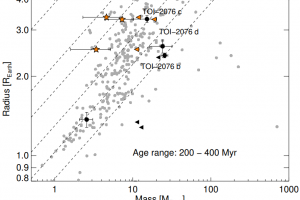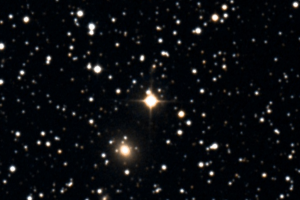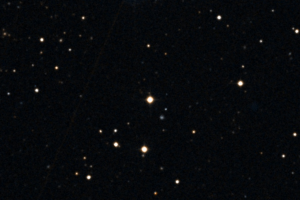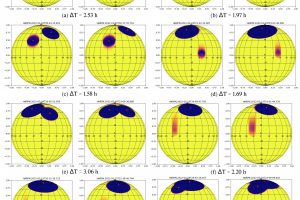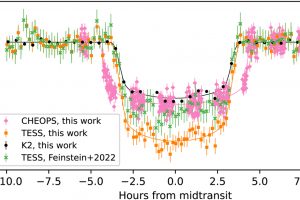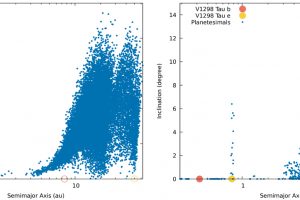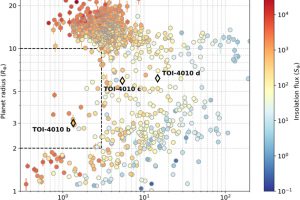New elements detected in the atmosphere of the hottest exoplanet known so far. The study: “The GAPS programme at TNG LX Atmospheric characterisation of KELT-9 b via single-line analysis: Detection of six H I Balmer lines, Na I, Ca I, Ca II, Fe I, Fe II, Mg I, Ti II, Sc II, and Cr II” of M. D’Arpa (INAF – OAPA/UNIPA) appeared on A&A
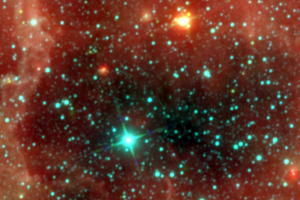
One of the most interesting aspects of exoplanetary science is the possibility of studying worlds that are not present in our Solar System (at least, not today). Some of these exoplanets possess such extreme properties that they are of great scientific interest. This is certainly the case for the Ultra-Hot Jupiter KELT-9b. It is a gas giant with a mass
» Read more

